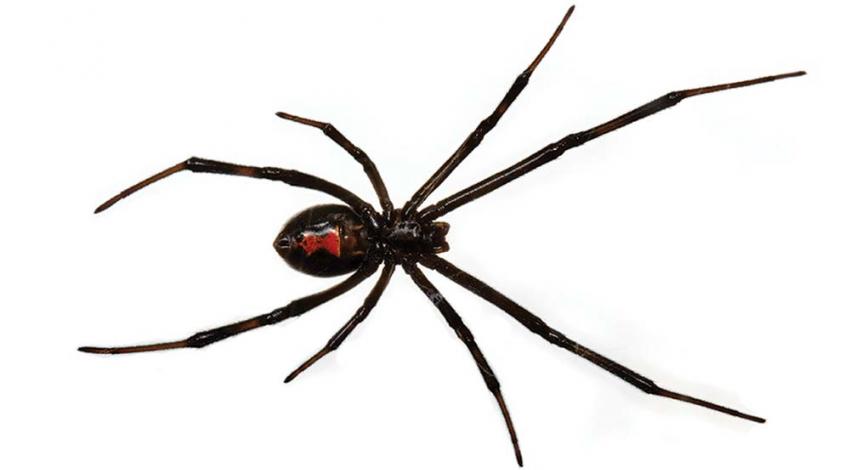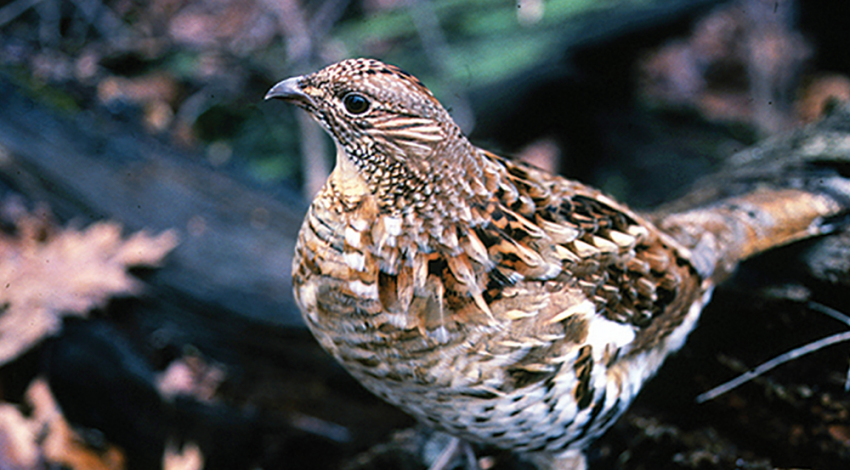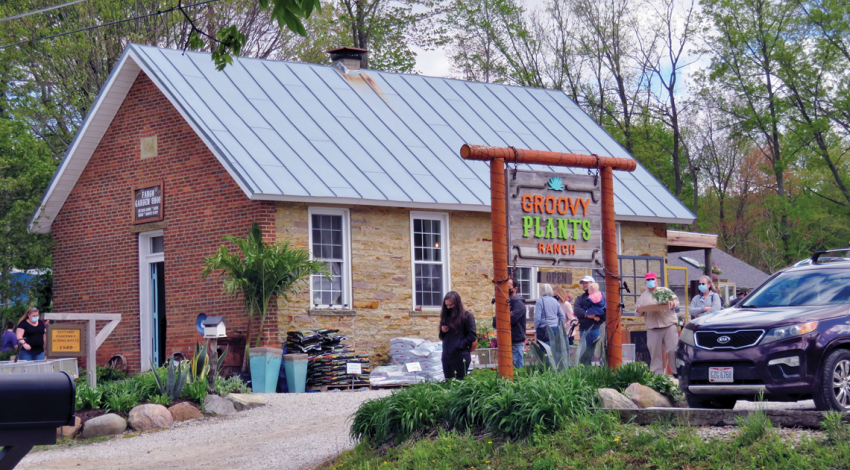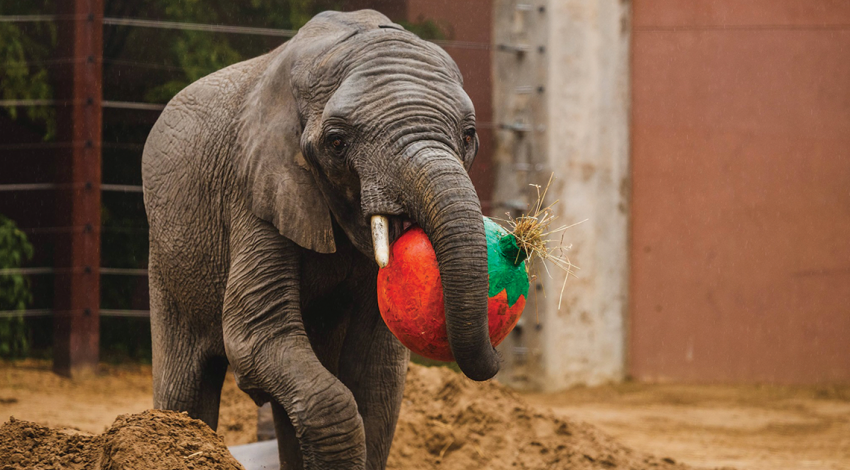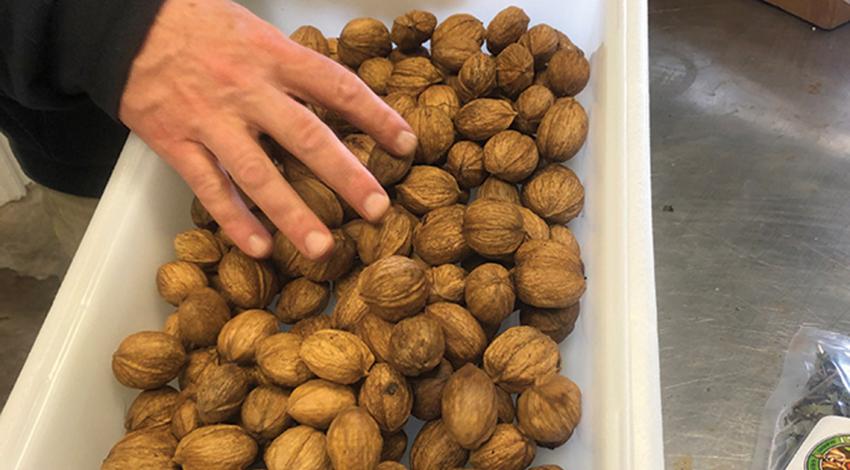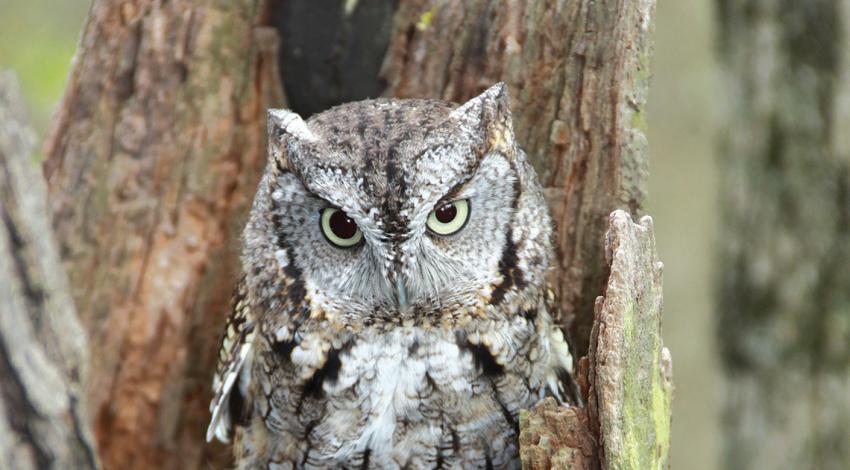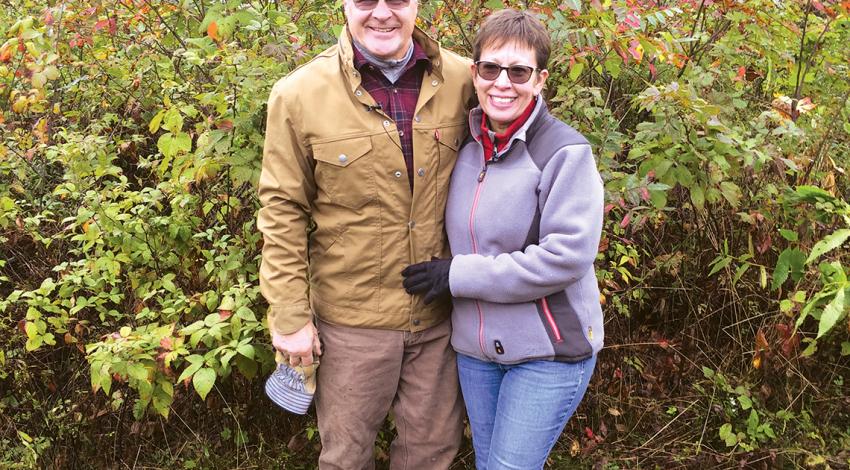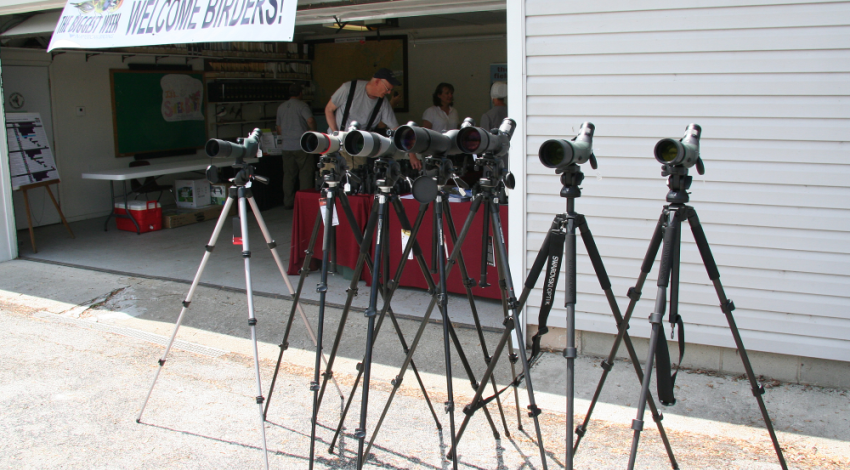nature
Several successive Ohio winters in the late 1970s were brutal, with temperatures often dipping below zero and heavy snow lasting for months on end. It also happened to be the time when I was attempting to become a ruffed grouse hunter.
Ruffed grouse were plentiful in Ohio during the second half of the 20th century, but no more. Human hunters are not to blame, as their seasonal take of the birds has always been negligible. Rather, it is the bird’s own habitat that is gradually turning against it, and according to the national Ruffed Grouse Society, that change is taking place across much of the ruffed grouse range — some 18 states — from the upper Midwest to New England, the Mid-Atlantic region, and Appalachia.
As the summer-of-love sound of Van Morrison’s “Brown Eyed Girl” echoes through the shady grounds of Groovy Plants Ranch, shoppers give their toddlers and dogs a leisurely wagon ride, pulling them slowly along while oohing and aahing over hanging baskets brimming with lush b
Situated along a rural road about 30 miles north of Columbus, Groovy Plants Ranch is a 5-acre complex where Jared and his wife, Liz, grow and sell plants that they ship to customers around the world. It opened in 2016, but Jared began cultivating the business in his late teens while studying landscape design at Columbus State Community College and working at a Delaware County greenhouse. “I started growing succulents in my room because they’re easy to care for and propagate,” Jared says. “It was a side hustle to earn extra Smoney.”
Even if you didn’t quite recognize it, you’ve likely heard the sound. Just before or after a summer rain shower, a loud, short trill — just 1 to 3 seconds long — emanates from a nearby tree. Was it a bird?
Some gray treefrogs also call outside of the breeding season — generally April through June in Ohio — but why they do so is a mystery. “It isn’t uncommon to hear a male calling from high in the trees in late summer or early fall,” Lipps says.
Measuring no more than 2 inches long, the gray treefrog is the largest treefrog in the northern United States; it’s found throughout Ohio. Mainly arboreal, the frogs come down out of the trees during breeding season, congregating in vernal pools.
The smallest of Ohio’s electric cooperatives with just over 4,400 members, Tricounty Rural Electric Cooperative is a nimble, lean machine.
Away from the hubbub, but not too far away
The area has a rich agricultural history and enjoys a rural setting while benefiting from close proximity to Toledo and to Lake Erie, making for easy day trips. The Toledo Zoo, the Toledo Museum of Art, and the National Museum of the Great Lakes are popular destinations in this area of the state.
After a long winter, the arrival of spring carpets Ohio with blankets of blossoms, festoons trees with brilliant buds, and sprinkles forest floors with spicebush splendor.
The pandemic has made people take a closer look at the ground beneath them.
“The pandemic gave native gardening another shot in the arm,” says Chris Chmiel, owner of Integration Acres outside of Albany in Athens County. “It’s a safe activity: Go out and do some foraging while social distancing.”
A professor of biology and ecology at Ashland University, Merrill Tawse has been running the same wild-bird survey route annually for more than 40 years. It’s not for his work, though; it’s purely for pleasure.
Before 1900, rural people engaged in a holiday tradition known as the Christmas “side hunt.” Sides (teams) were chosen, and team members fanned out through the countryside with their rifles and shotguns. Whichever team amassed the most feathered or furred quarry by the end of the day won the contest.
In Buckeye State forestry circles, having your woodlands named Ohio Tree Farm of the Year is a big deal. To have your woods named National Tree Farm of the Year is a really big deal. To garner both those titles in back-to-back years is simply off the charts.
The Clums are members of the Ohio Tree Farm Program — first organized in 1946 — a part of the American Tree Farm System. The goal of both the national and state programs is to assist private landowners with better managing their woodlands for wood, water, wildlife, and recreation.
Our state’s very name, translated from the language of its original inhabitants, means “Good River.” While Ohio is named specifically for the mighty waterway that forms its eastern and southern borders, that name serves as an apt description of the entire place.
Rivers, to me, are analogies of our humanity: They begin as spindly streams, unglamorous trickles, and, like people, they find their way — carving their character as they go, widening and deepening with distance. If a river can have such an ignominious beginning yet end with a glorious, glowing connection to something larger, then couldn’t that be a template for a life well-lived?
